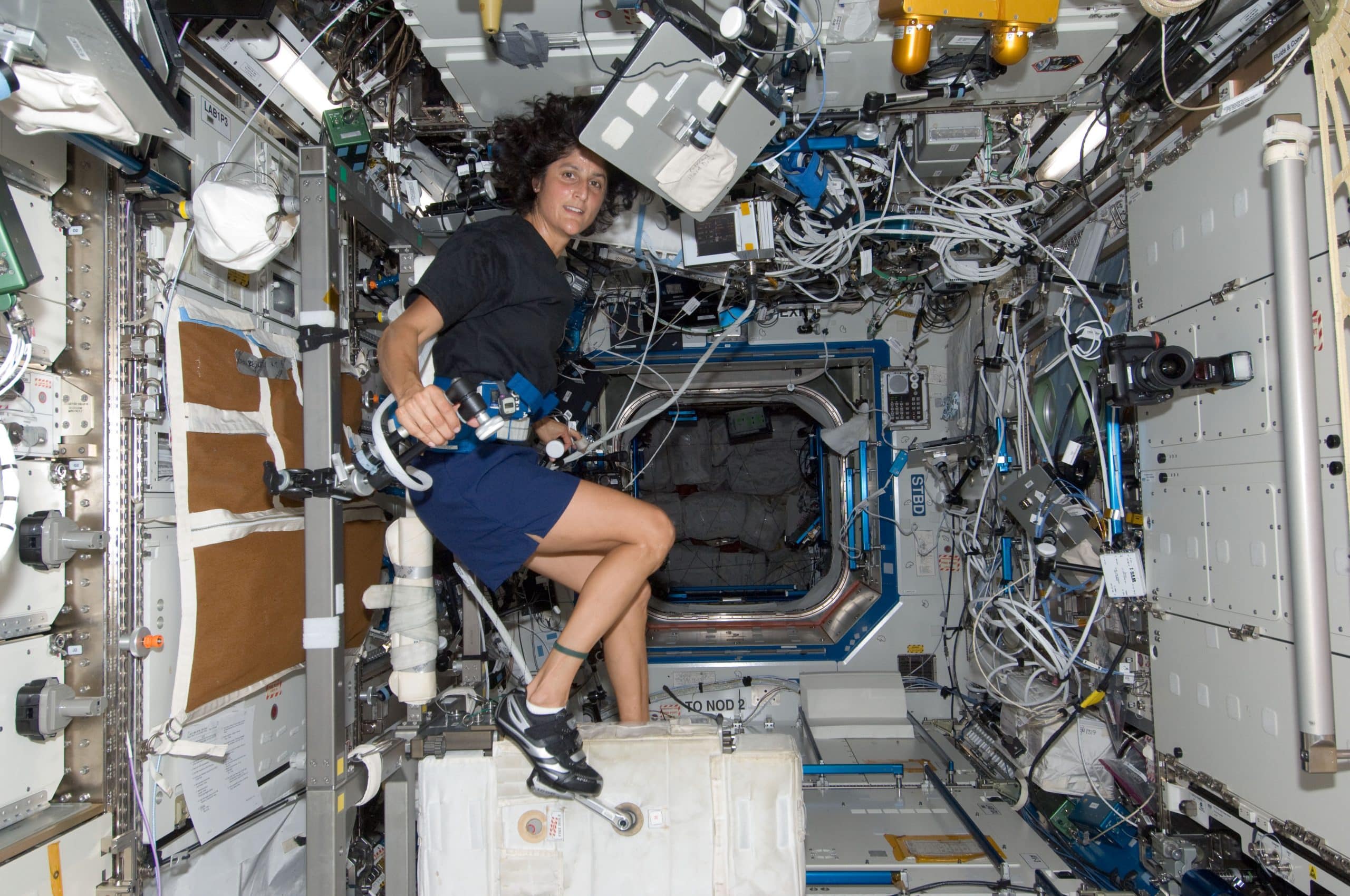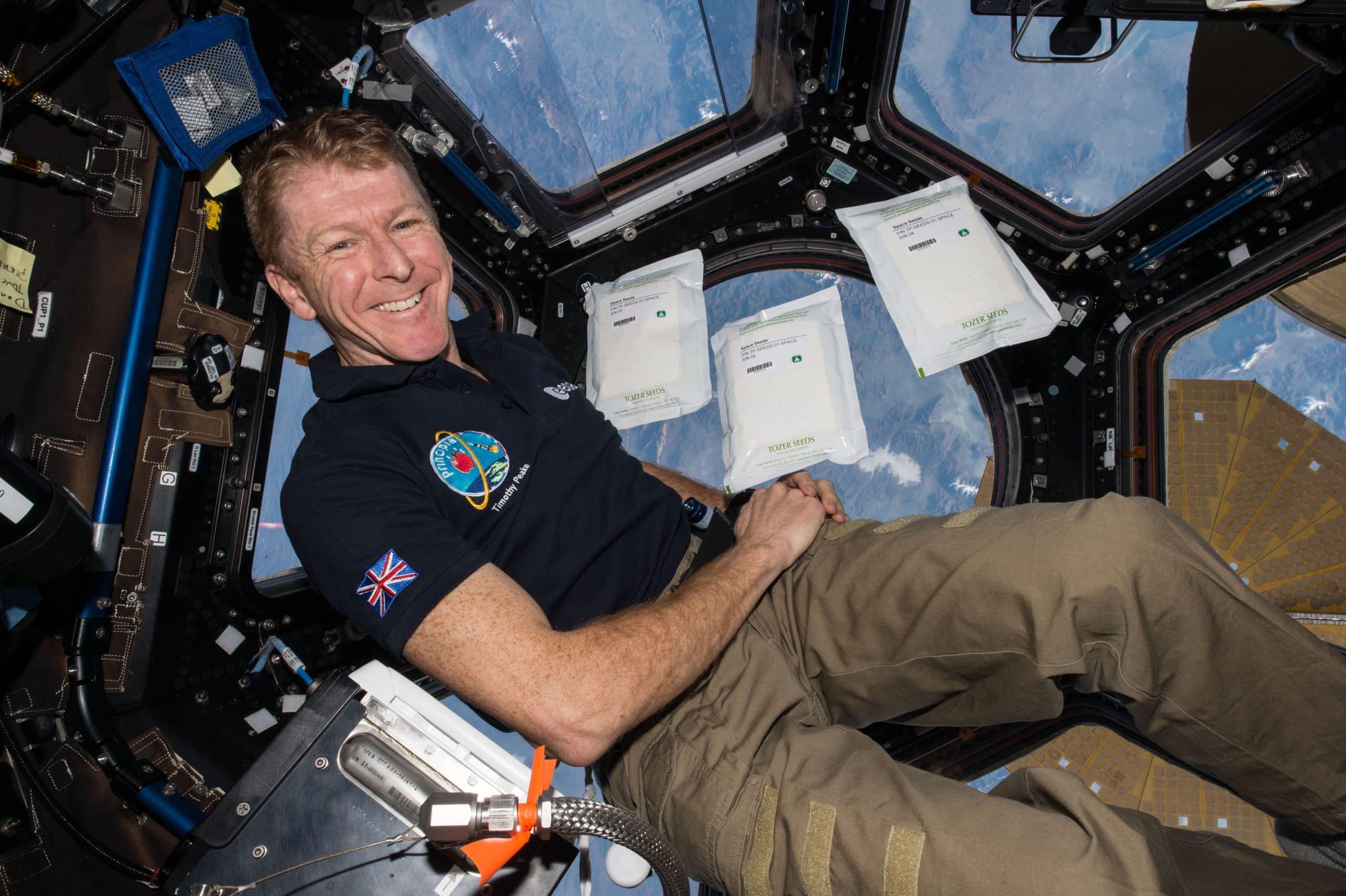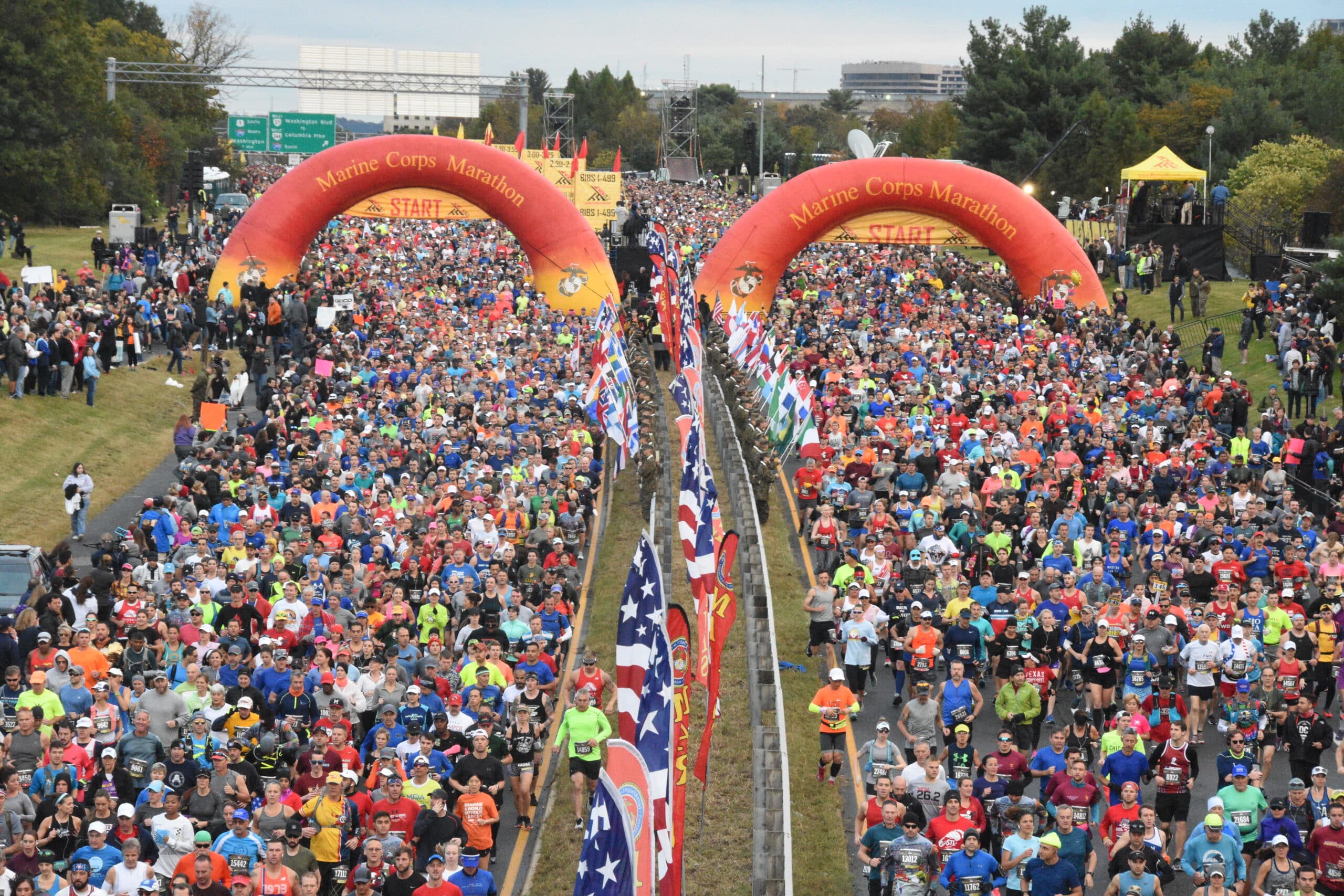Space Marathon, when astronauts run in the cosmos
02/01/2025 11:02Over the past two decades, 400 kilometers above the Earth’s surface, two astronauts have achieved a rare feat: running a marathon in space.
Sunita Williams kicks off with the Boston Marathon
The 2007 Boston Marathon edition was buzzing with excitement as thousands of participants gathered. Wind and rain also joined the event. Meanwhile, 400 kilometers above, in the silence of space, bib number 14000 was ready at the start. American astronaut Sunita Williams, born on September 19, 1965, started the race simultaneously with all the other runners on a treadmill aboard the International Space Station, orbiting Earth at 27,600 kilometers per hour. After over 4 hours and 24 minutes of running, she virtually completed the marathon, becoming the first human to achieve this feat in space. Meanwhile, the ISS orbited the blue planet almost three times… A dizzying thought. Interestingly, Sunita had indeed qualified for the Boston Marathon with a time of 3h29’57 at the Houston Marathon in Texas in 2006. While unsurprising given the physical fitness required to become an astronaut, it remains a unique achievement for many reasons. Time in space is limited, movements are challenging, living spaces are tiny, and any injuries in this microgravity environment could be catastrophic. Muscles and bones struggle against the absence of gravity in space. That’s why exercise remains vital for astronauts on the ISS; daily workouts help prevent muscle mass deterioration. To mimic Earth’s gravity, Sunita Williams ran her marathon harnessed to the treadmill. After months of training, she made an extraordinary mark on April 16, 2007. A truly space-age achievement, both literally and figuratively!
Space Triathlon in 2012

Five years later, Sunita Williams was back on the International Space Station. The record-breaking astronaut was also the first to complete a triathlon in space. Using all available equipment to follow the Malibu Triathlon course in California with 5,000 other participants, Sunita “swam” 800 meters, cycled 29 km, and ran 6.4 km for a total time of 1h48’33. She used a treadmill, a stationary bike, and a resistance machine simulating water pressure on muscles to recreate race conditions. While she’s back on Earth now, the Ohio native recently made headlines again: she and her crewmate Barry Wilmore are currently stuck in space until the end of March 2025 due to technical issues preventing their safe return from the ISS. A different kind of adrenaline than that of a marathon… We hope both astronauts return to their loved ones as soon as possible.
Tim Peake, Driven by a Love of Running

While Sunita Williams paved the way for space runners, she was followed by British astronaut Tim Peake in 2016. Tim Peake discovered running at age 12 and never lost his passion. His talent and dedication eventually took him to space, having previously been a helicopter pilot in the British Army. Selected in 2009 by the European Space Agency for an ISS mission, he quickly planned to run in space: “As soon as I was assigned the mission to the ISS, I thought it would be amazing to run the London Marathon from the station. It’s a global event; let’s take it beyond this world”. Before becoming a space marathoner, Tim Peake was an Earth marathoner, finishing the London Marathon in 1999 with a time of 3h18’50. True to his dreams and love for the event, Tim Peake participated in the 36th London Marathon on April 24, 2016, from the ISS, clocking a treadmill time of 3h35’21, setting the record for an orbital marathon.
As soon as I was assigned the mission to the ISS, I thought it would be amazing to run the London Marathon from the station. It’s a global event; let’s take it beyond this world
Tim Peake



